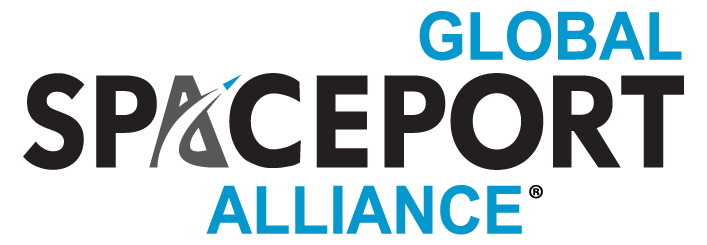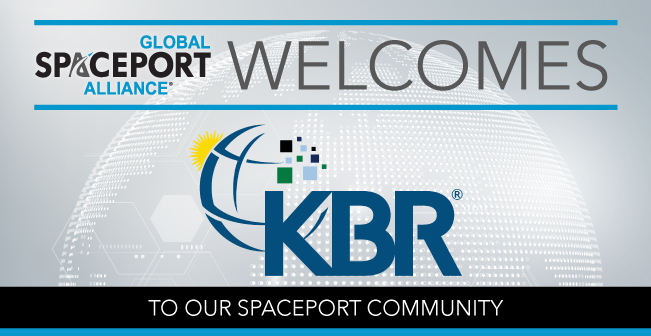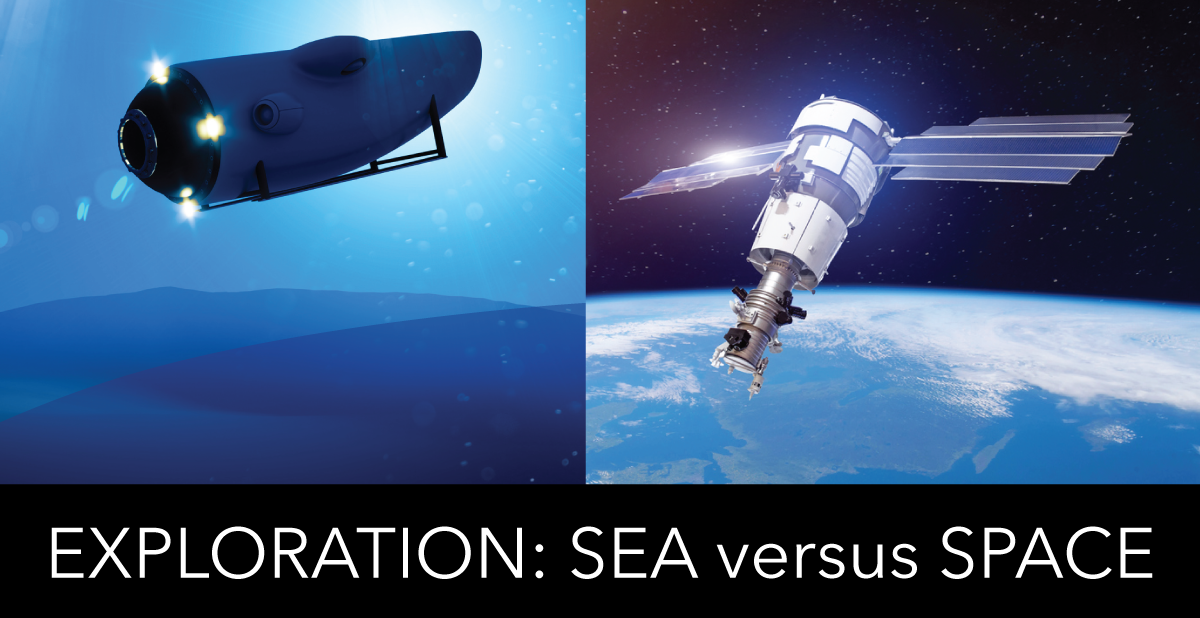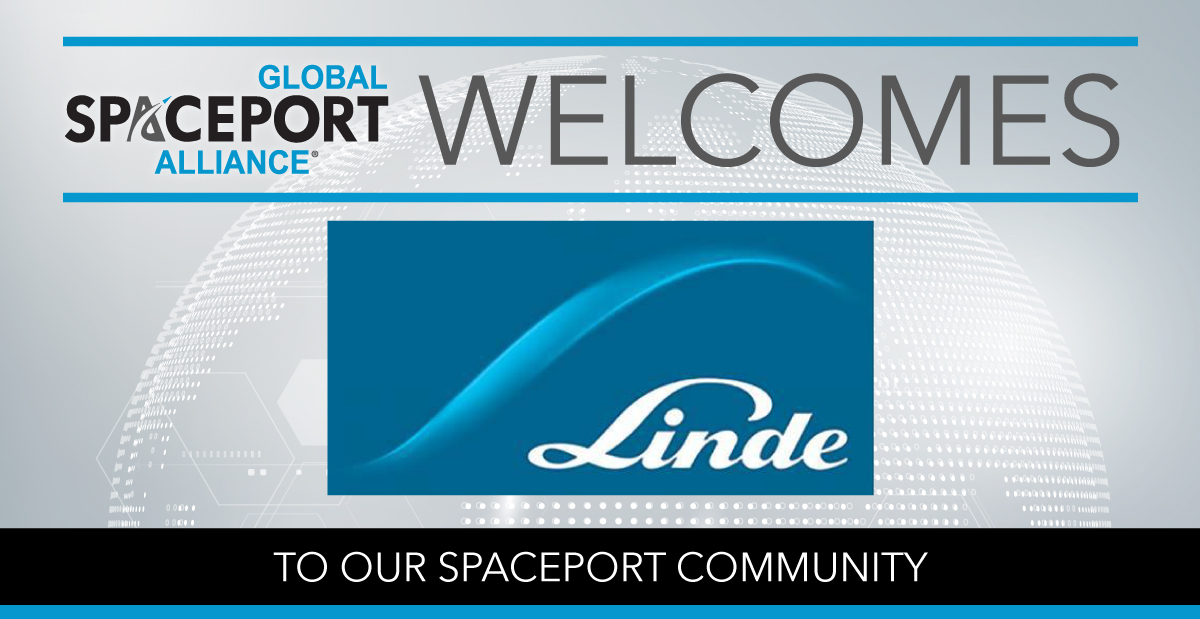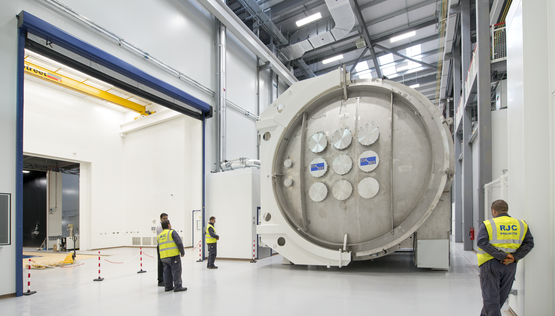KBR Joins the Global Spaceport Alliance!
We are thrilled to announce that KBR has joined the Global Spaceport Alliance (GSA), allowing it to more broadly share its extensive aerospace experience and capabilities with the international spaceport community.
Dr. George C. Nield, GSA’s Chairman, pointed out that, “KBR has a tremendous track record of working with both government and industry to achieve mission success, and I know that we will all be able to benefit significantly from their insights and their innovative approaches.”
KBR’s Government Solutions U.S. advances the priorities of the U.S. government and related commercial entities. As the team behind the mission, KBR provides a range of high-end services and expertise in scientific research, systems engineering, data analytics, and mission operations around the globe.
Its in-depth portfolio spans defense modernization; military, civil and commercial space; intelligence; cyber; advanced logistics; and base operations. Whether testing the latest military aircraft or training astronauts, they equip those on the frontline and those exploring a new frontier.
“We are delighted to join GSA and collaborate on the continued advancement of commercial space endeavors,” said Todd May, KBR Senior Vice President, Science and Space. “GSA’s visionary efforts to develop a global network of spaceports to help facilitate increased access to space and grow the space economy aligns perfectly with KBR’s goals to further human exploration to the moon and beyond. We are excited to see how the future unfolds and proud to be a part of it together.”
Known for excelling in complex and extreme environments, KBR is trusted to help their customers meet their most pressing challenges today and into the future. Their wide-ranging experience will be a valuable asset to the spaceport community.
ABOUT GLOBAL SPACEPORT ALLIANCE
Established in 2015, the Global Spaceport Alliance has become the largest network of spaceports in the world. Members include spaceport operators, suppliers, and government and academic entities involved in the commercial space sector. GSA offers members timely access to
information, the ability to engage with key decision makers, and the opportunity to participate in working groups targeting specific areas of interest to the spaceport ecosystem.
